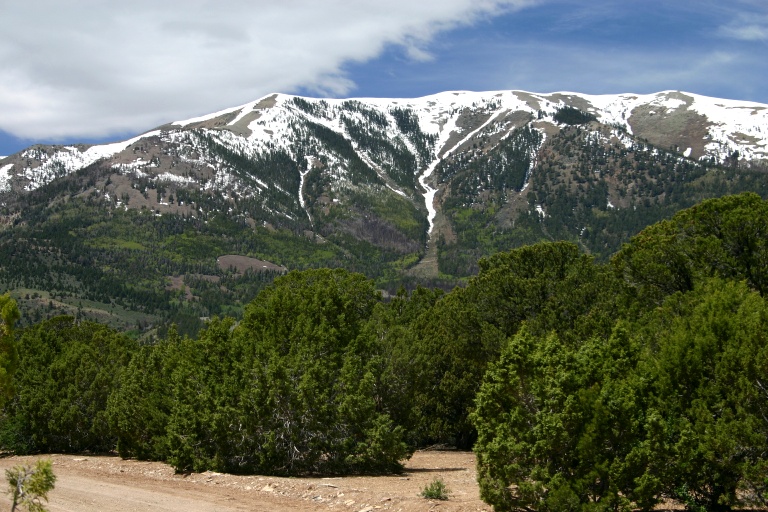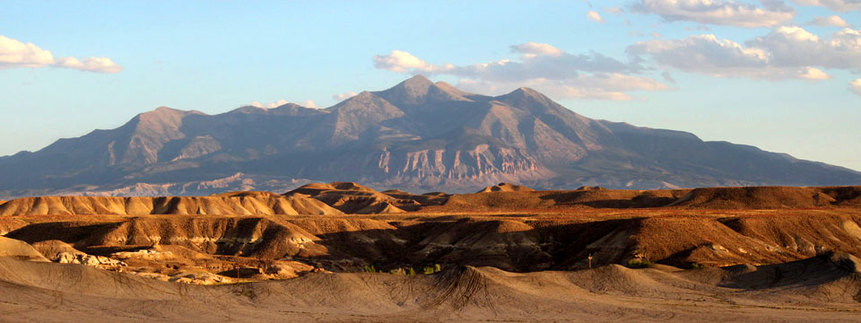Page 659
|
The Henry Mountains
One of the last mountain ranges to be explored in the lower 48 states was the Henry Mountains of southern Utah. This volvanic range is east of Capitol Reef NP and west of Canyonlands NP. Named for the first Secretary of the Smithsonian Institution (Joseph Henry), Mount Ellen in the Henry Mountains reaches a height of 3,512 m (11,522 feet). Not surprisingly with desert shrublands at the lowest elevations and alpine fields at the top, there are changes in coniferous vegetation along this elevation gradient. I can list the different conifers along this gradient in order of first appearance from the lowest elevations as
|
Ok, now I need to prepare for a lecture on climate, drought tolerance, and monsoonal rains as they relate to this fascinating vegetation distribution gradient. |

